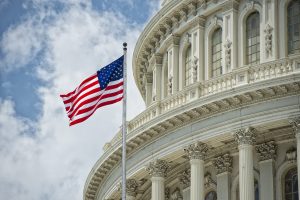After a strong month for financial markets in April, conditions in May have been more volatile. Global equity benchmarks have been choppy and US equity indices are lower on the back of technology sector underperformance. US 10-year treasury yields have seen little change month to date at 1.64%, but have seen a low below 1.50% and a high above 1.70%. Gold has made gains of c. 6% month to date and the trade weighted Dollar index has fallen 1.5%.
On balance, economic data releases and business surveys continue to point to significant reopening momentum in the developed world, led by the US and UK. First quarter US GDP grew at an annualized rate of 6.4%, the second fastest quarter of growth since 2003. The alarming increase in COVID-19 cases in India and new infection waves elsewhere have not materially dampened the recovery in global activity or sentiment. The main source of volatility in recent weeks and has been inflation anxieties and shifting monetary policy expectations. A combination of unprecedented fiscal policy stimulus, accommodative monetary policy and economic reopening have pushed market implied average US inflation rate expectations over the next 5 years to 2.73%.
In late April President Biden announced the third fiscal stimulus package of his first 100 days in office. The American Families Plan proposes to spend $1.8tr on education and family support programmes which will be paid for in part by tax increases on higher income households. The most recent fiscal package together with the earlier American Rescue Plan and American Jobs Plan bring the total of new proposed fiscal spending to c. $6tr.




